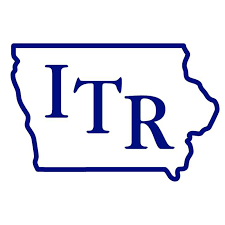Water Works sees double-digit rate hikes ahead

PERRY BEEMAN Jul 24, 2015 | 3:47 pm
2 min read time
395 wordsAll Latest News, Business Record Insider, EnergyDes Moines Water Works plans to raise rates for businesses and residents by about 10 percent next April, the largest increase of the past several years.
Brace yourself. CEO and General Manager Bill Stowe said annual rate increases of more than 10 percent are likely “for the foreseeable future.”
Details of the next rate increase are still in the works, and the utility’s board must approve the budget, Stowe noted. The 10 percent increase would follow increases of 5 percent and 7 percent the past two years.
Several factors are pushing rates up, Stowe said. Residents are watering lawns less because the drought is over, and newer toilets and appliances use less water. That means lower sales. In fact, sales in June were the lowest since 1999.
In addition, the utility has run its nitrate-removal system a record number of days this year. Equipment replacement around the plant has added up, too.
Stowe said rates will rise more sharply if the utility moves to replace the multimillion-dollar nitrate removal plant. He estimates that would raise rates 20 percent on its own.
Water Works built the nitrate-removal system under pressure from the U.S. Environmental Protection Agency in 1992 for $4.1 million after nitrate levels in tap water exceeded safe levels. Nitrate can cause a condition that suffocates infants, and has been associated with miscarriages and cancers in various studies.
The utility has run the system 148 days this year — a record — at a cost of $1.25 million.
Stowe has said the equipment is wearing out and doesn’t have enough capacity to handle the steady influx of nitrate the utility measures in the river. A replacement plant could cost $80 million to $180 million, he said.
Water Works has drawn national attention for a lawsuit it filed against three northwestern Iowa counties contending that their drainage districts should be regulated under the U.S. Clean Water Act as “point sources” of nitrate pollution. That move came after several years of record nitrate levels in the Raccoon River, one of the main drinking water supplies for nearly a half-million Central Iowa residents and businesses.
There is one factor that might lessen the financial sting of coming rate increases, Stowe said. Water Works now charges rates that are relatively low compared with other utilities of similar size.










